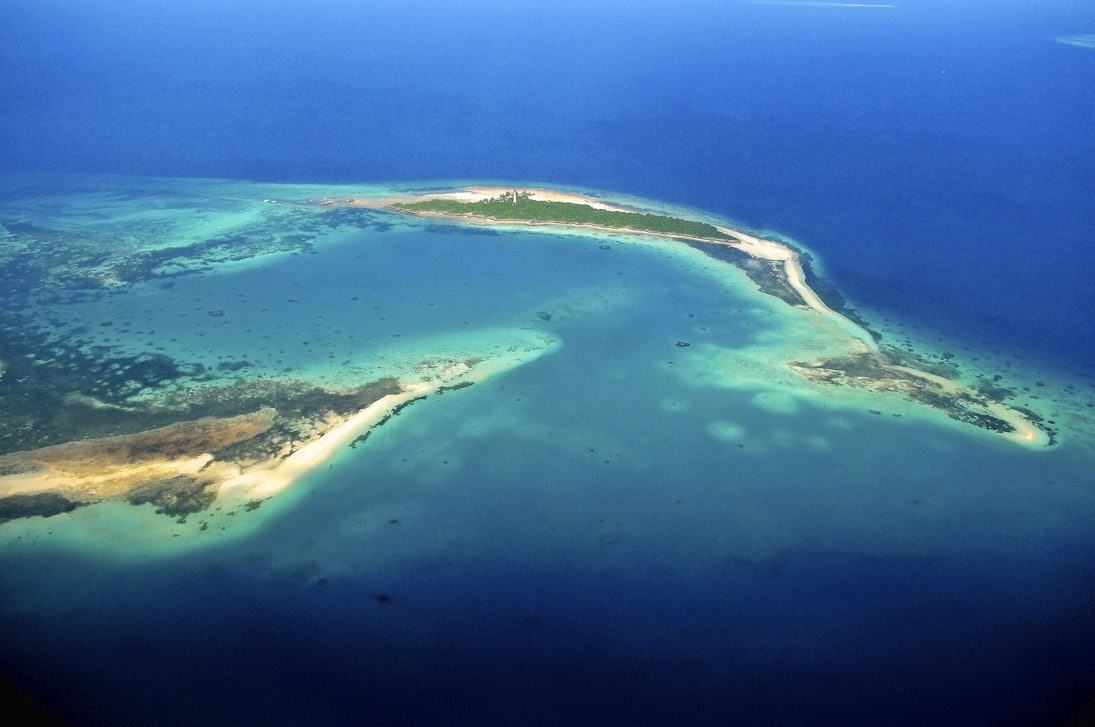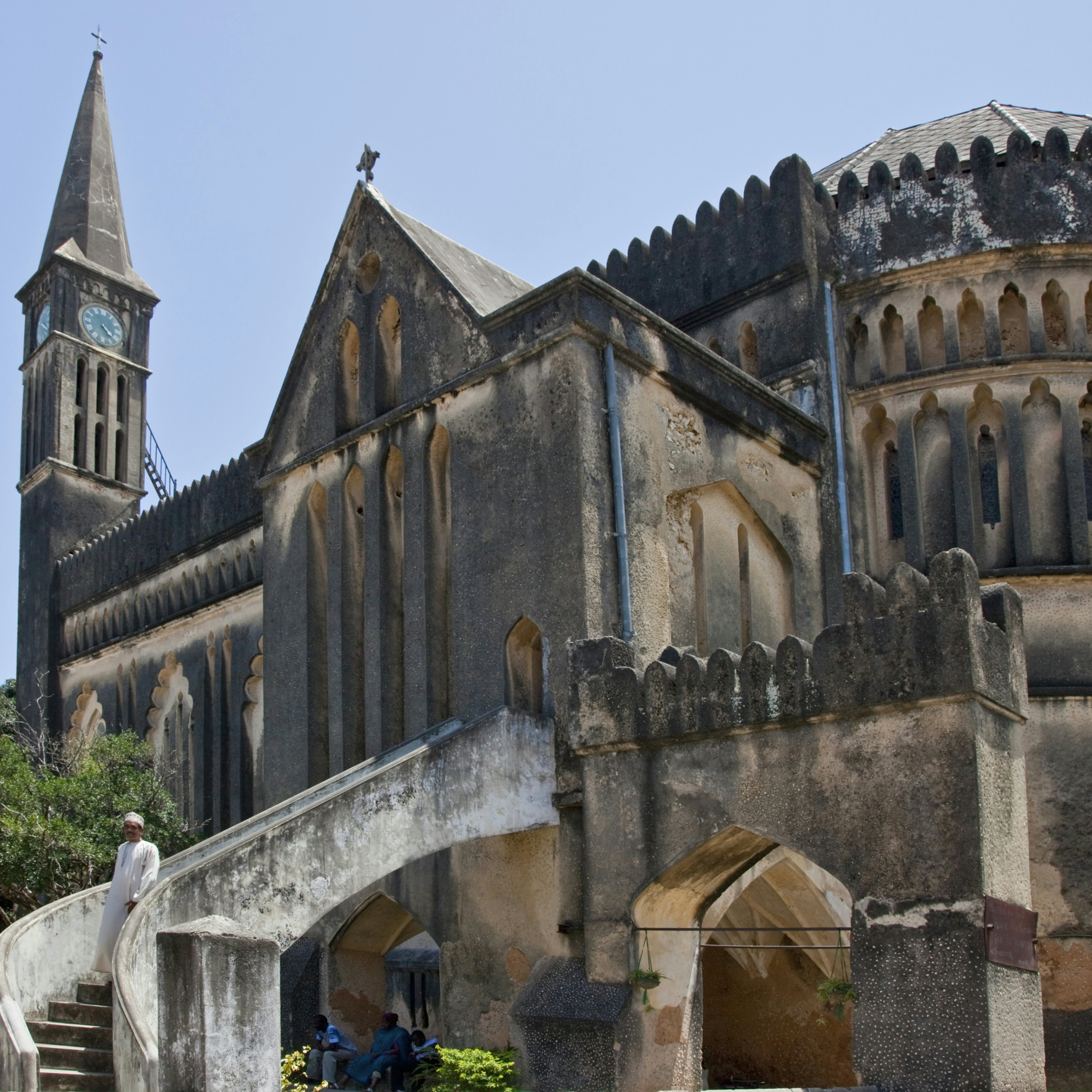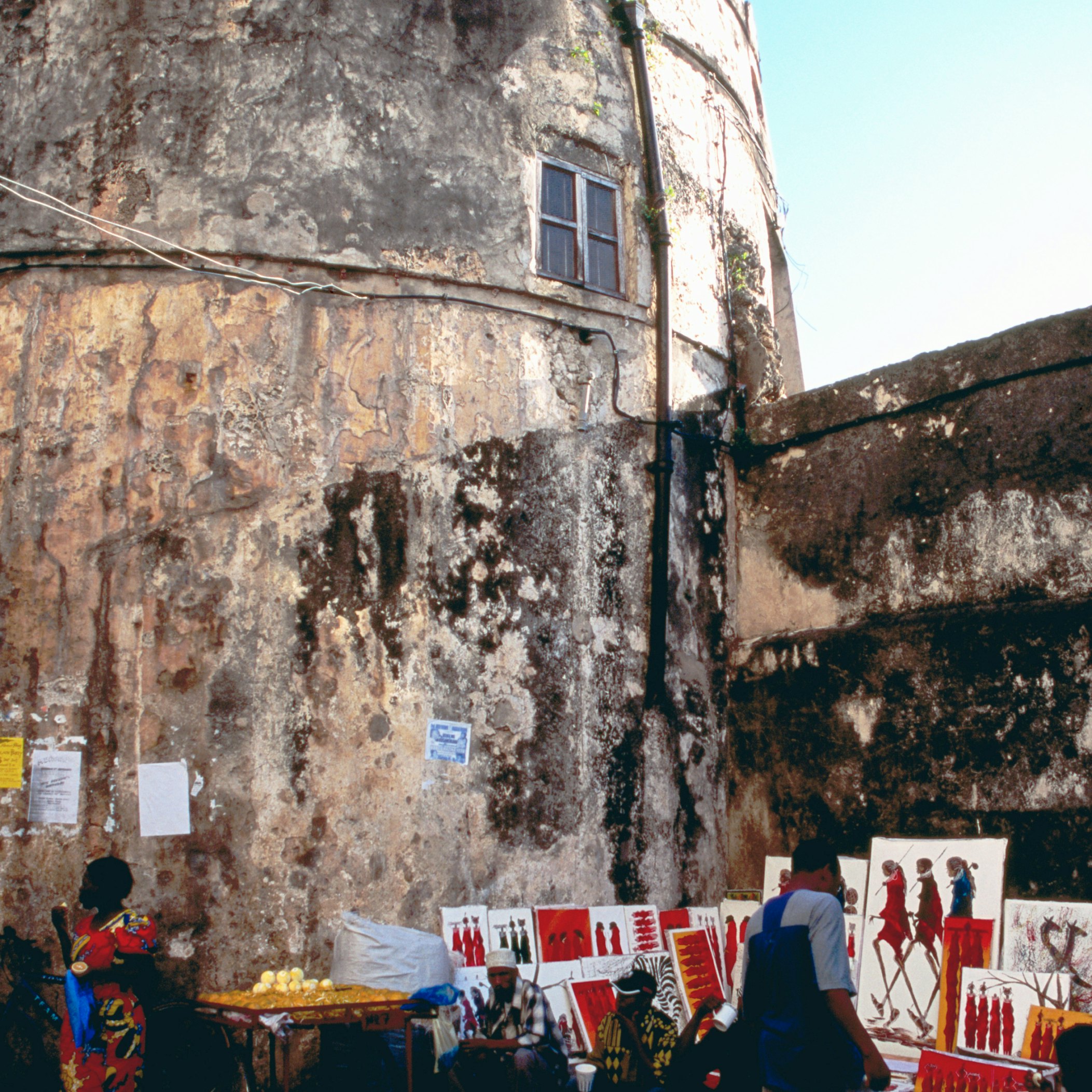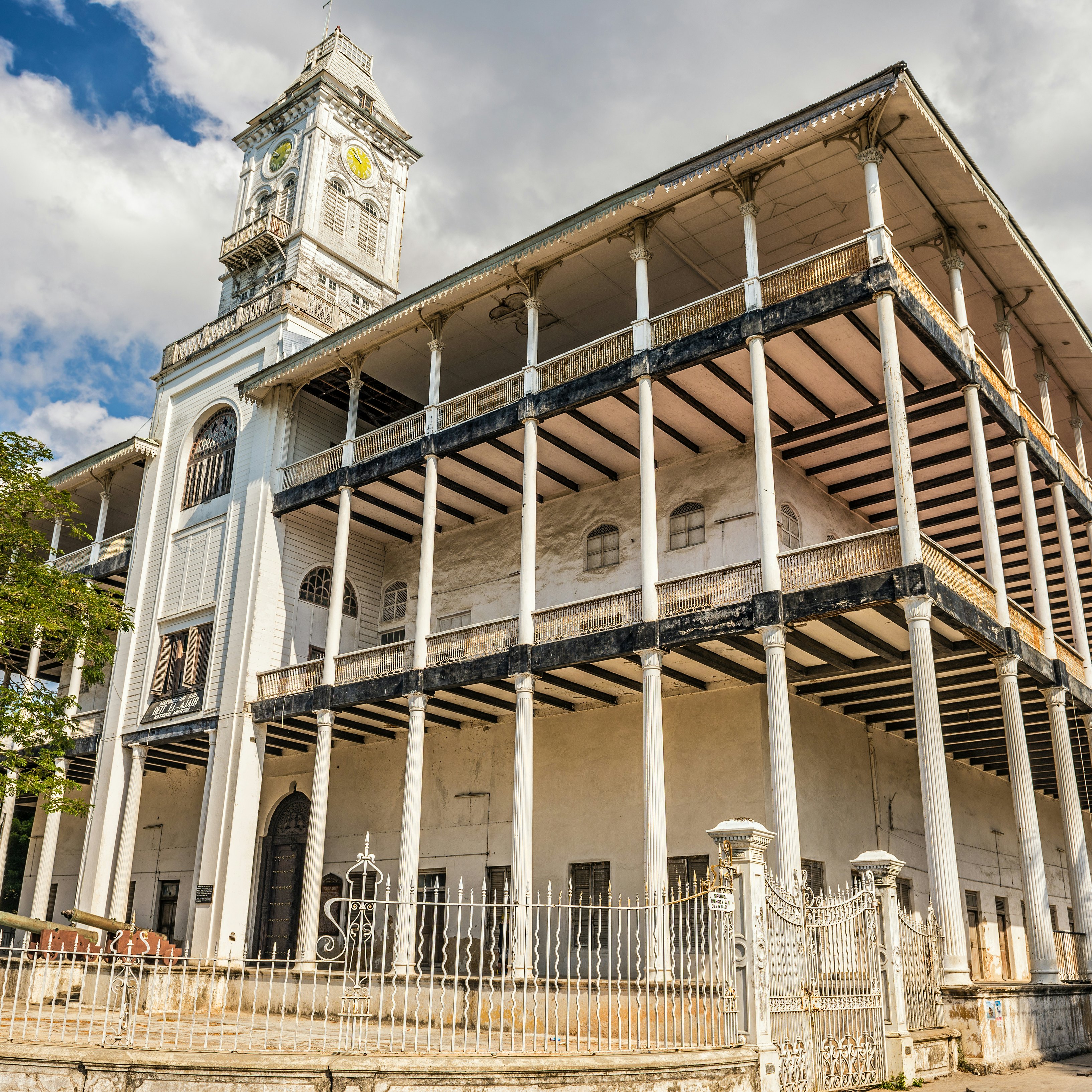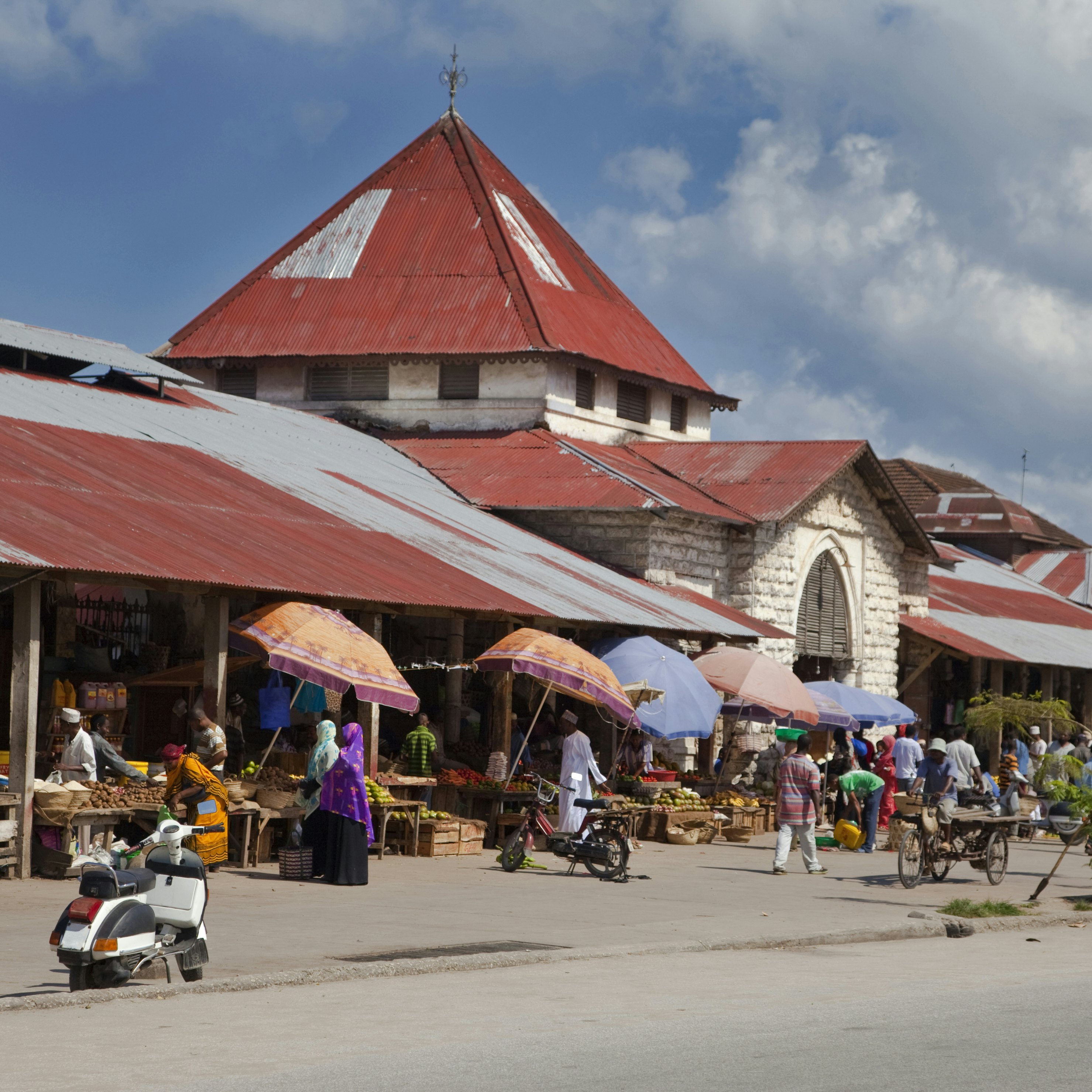
Overview
Step off the boat or plane onto the Zanzibar Archipelago and you’re transported through time and place. This is one of the world's great cultural crossroads, where Africa meets Arabia meets the Indian Ocean.
Leave the planning to a local expert
Experience the real Zanzibar Archipelago. Let a local expert handle the planning for you.
Must-see attractions
Get a book. Get inspired. Get exploring.
in partnership with getyourguide




